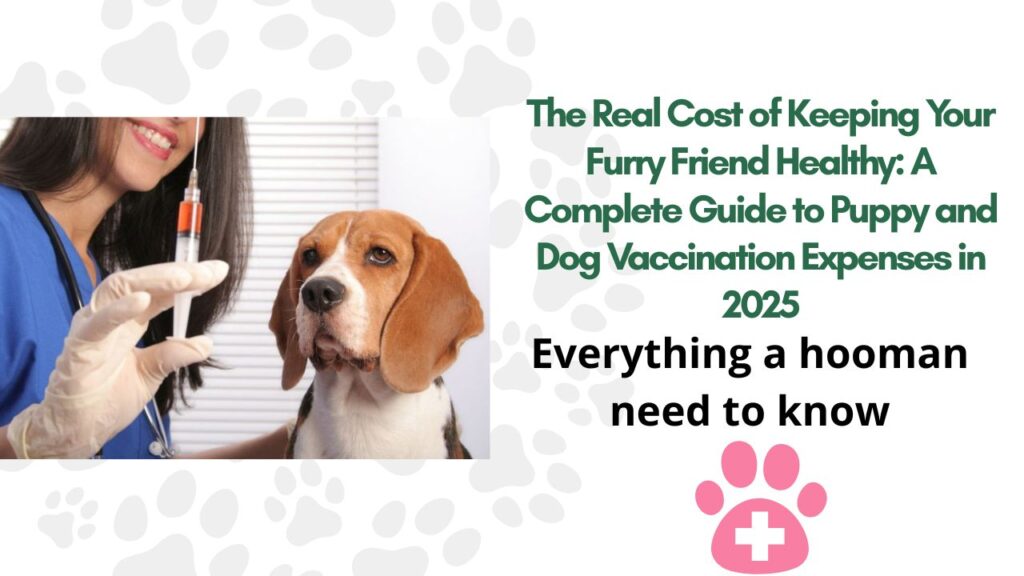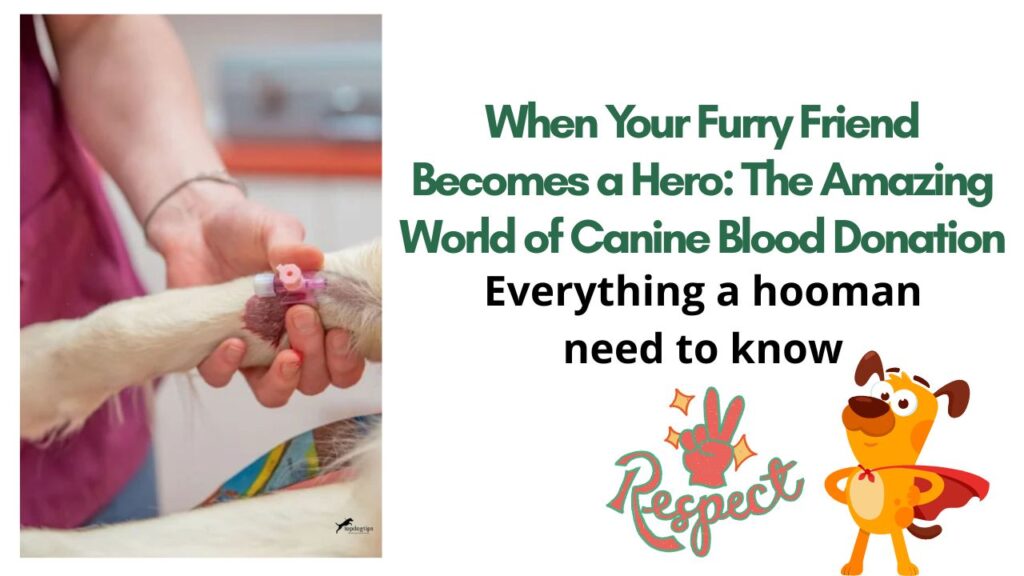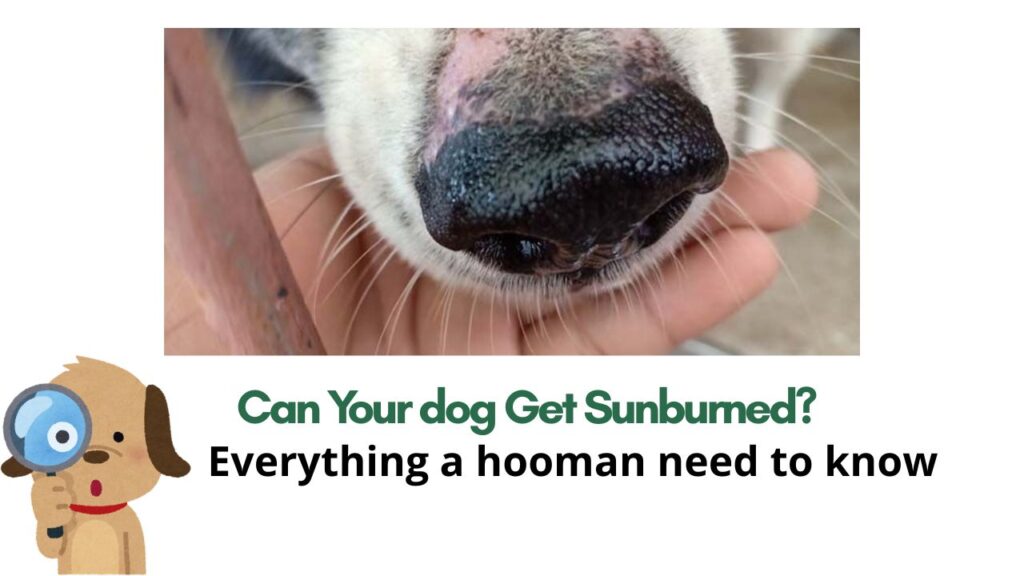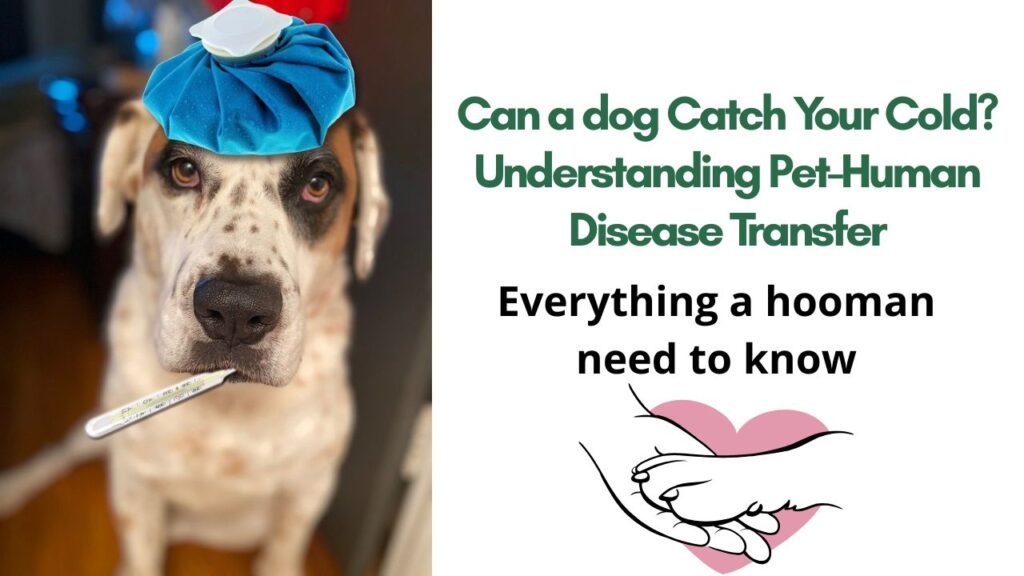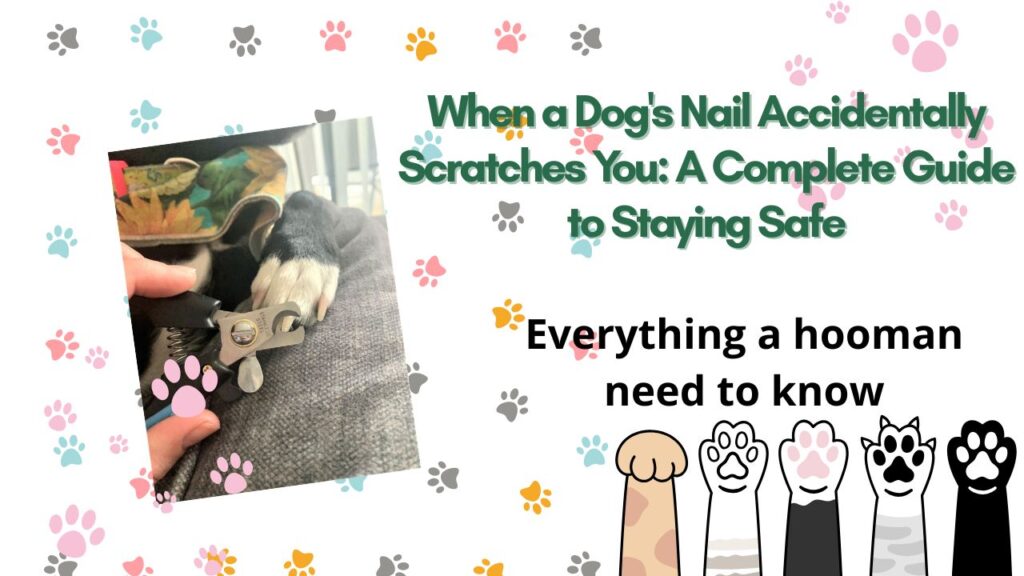Have you ever found yourself in that awkward moment when a friendly dog approaches you and immediately goes straight for your crotch? You’re not alone! This behavior, while embarrassing for us humans, is completely natural for our four-legged friends. Dogs smell the crotch area because they’re simply doing what comes naturally – gathering information about you through their most powerful sense.
Think of it this way: when we meet someone new, we might shake hands, make eye contact, or exchange pleasantries. For dogs, sniffing your most scent-rich areas is their version of saying “Hello, tell me about yourself!” It’s their way of conducting a background check, if you will. While it might make us blush, this behavior is rooted in millions of years of evolution and serves important social functions in the canine world.
Canines’ Sense of Smell
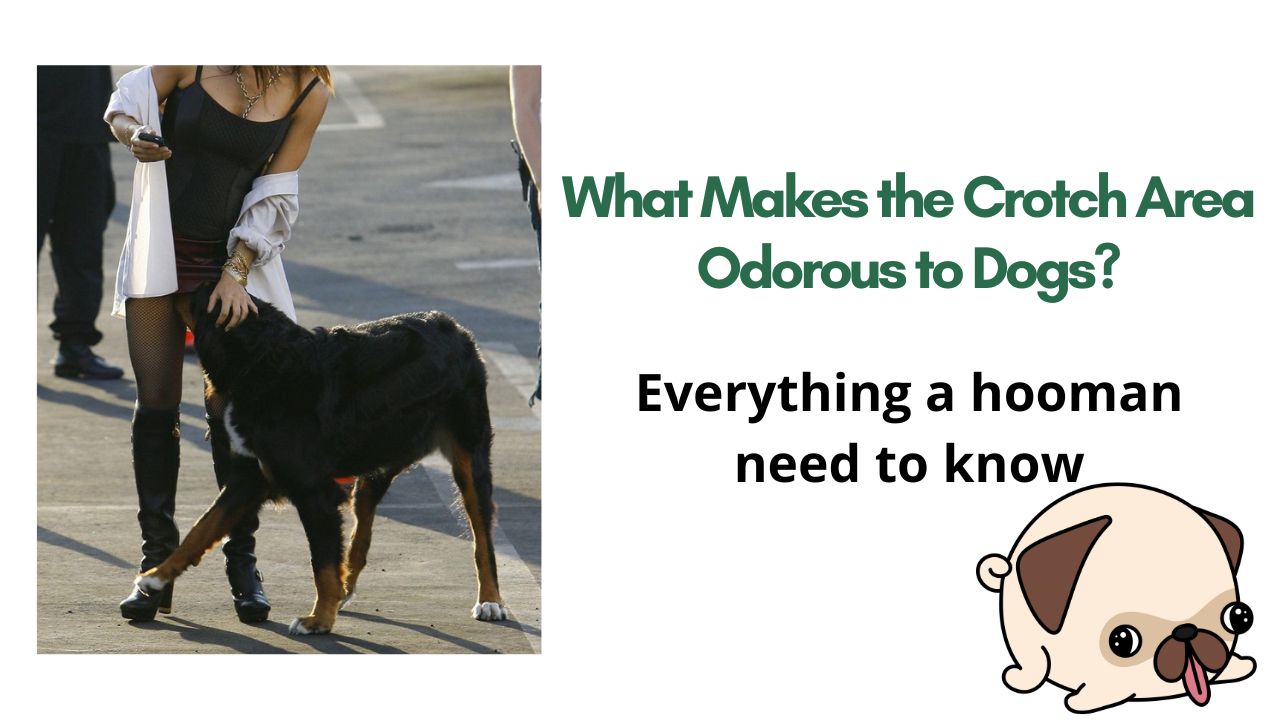
Let’s dive into the fascinating world of canine olfaction. Dogs possess an extraordinary sense of smell that puts our human noses to shame. While we humans rely primarily on our vision to navigate the world, dogs experience life through their incredible olfactory abilities.
The numbers are truly mind-boggling. Dogs have approximately 300 million scent receptors in their noses, compared to our measly 6 million. That’s like comparing a smartphone camera to a professional photography studio! But it doesn’t stop there – the part of their brain dedicated to processing smells is about 40 times larger than ours.
To put this in perspective, dogs can detect odors at concentrations of one part per trillion. Imagine finding a single drop of liquid in 20 Olympic-sized swimming pools – that’s the level of sensitivity we’re talking about. This incredible ability comes from their unique nasal anatomy, including specialized structures called turbinates that work like scent strainers.
When dogs breathe in, the air actually splits into two pathways. About 12-13% goes directly to their olfactory region, where scent molecules accumulate and build intensity. The remaining air flows to their lungs for breathing. This dual-pathway system allows them to continuously sample scents while breathing normally.
How Important a Dog’s Smell Is
Understanding the importance of a dog’s sense of smell helps us appreciate why they’re so drawn to certain behaviors, including crotch sniffing. For dogs, scent isn’t just about detecting food or danger – it’s their primary method of understanding and interacting with the world around them.
Dogs use their noses to gather crucial information about their environment, other animals, and yes, even us humans. Through scent, they can determine age, gender, health status, emotional state, and even what someone had for lunch. It’s like reading a detailed biography just by taking a sniff!
This remarkable ability has made dogs invaluable partners to humans in various fields. Law enforcement agencies rely on dogs to detect drugs and explosives with accuracy that often surpasses sophisticated laboratory equipment. Medical detection dogs can identify diseases like cancer, diabetes, and even COVID-19 by detecting subtle changes in human scent.
The vomeronasal organ, also known as Jacobson’s organ, adds another layer to their scent detection abilities. This specialized organ helps dogs detect pheromones and chemical signals that are completely undetectable to humans. It’s particularly important for social interactions and reproductive behaviors.
Dog Communication
Canine communication is a complex system that goes far beyond barking and tail wagging. Dogs are incredibly social animals that have developed sophisticated ways to interact with each other and with humans.
Unlike humans who rely heavily on verbal communication, dogs use a combination of scent, body language, vocalizations, and facial expressions to convey information. Each method serves different purposes and provides various types of information to other dogs and observant humans.
Scent communication is by far the most important method for dogs. They can leave scent messages through urine marking, fecal deposits, and secretions from various glands throughout their bodies. These chemical messages can persist long after the dog has left the area, creating a kind of “scent bulletin board” for other dogs to read.
Body language includes tail position, ear placement, posture, and eye contact. A confident dog might stand tall with ears forward and tail up, while a submissive dog might crouch low with tail tucked and avoid direct eye contact. Understanding these signals helps us better interpret our dogs’ emotional states and intentions.
Dog’s Communication Methods
Let’s explore the various communication methods dogs use to interact with their world. Dogs have developed a rich vocabulary of signals that serve different social functions.
Vocal communication includes five basic categories: infantile sounds (whimpering, whining), warning sounds (barking, growling), eliciting sounds (howling), withdrawal sounds (yelping), and pleasure sounds (moaning). Interestingly, domestic dogs are much more vocal than their wild counterparts, partly because humans have selectively bred for certain vocal traits.
Scent marking through urine is one of the most common forms of dog communication. Male dogs typically use the raised-leg posture to leave elevated marks, while females usually squat. These scent marks contain pheromones that communicate social status, reproductive condition, and territorial information.
Direct sniffing is another crucial communication method. When dogs meet, they engage in mutual sniffing to gather information about each other. Males tend to focus more on rear-end sniffing, while females often concentrate on head and face areas.
How Scent Affects Dog Communication
Scent plays a central role in dog communication, serving as their primary information highway. Through chemical signals, dogs can convey and receive incredibly detailed information about themselves and others.
Pheromones are the key players in scent communication. These chemical messengers are present in various body secretions including saliva, urine, feces, and glandular secretions. Each dog has a unique scent signature, much like a fingerprint, that other dogs can recognize and remember.
Apocrine glands are particularly important in scent communication. In dogs, these glands are distributed throughout their body, but they’re most concentrated in certain areas like the anal region. These glands produce pheromones that convey information about age, sex, reproductive status, and emotional state.
For humans, apocrine glands are concentrated in the armpits and groin area. This concentration explains why dogs are particularly drawn to these regions when they want to gather information about us. It’s not inappropriate behavior from their perspective – it’s simply the most efficient way to learn about a new human friend.
Differences in Scent Composition Among People
Not all humans smell the same to dogs, and there are fascinating differences in scent composition among people that make some individuals more interesting to our canine friends.
Hormonal fluctuations significantly impact human scent. Women who are menstruating, pregnant, or have recently given birth produce different pheromone profiles that dogs can easily detect. Similarly, people who have recently engaged in sexual activity may have altered scent signatures that pique a dog’s curiosity.
Diet and lifestyle factors also influence our scent. What we eat, medications we take, our stress levels, and even our emotional state can all affect the chemical signals we emit. Dogs can detect these subtle variations and may show more interest in people with particularly intriguing scent profiles.
Individual genetic makeup plays a role too. Just as we all have unique fingerprints, we each have distinctive scent signatures based on our genetic composition, immune system, and personal chemistry. Some people simply have more appealing or interesting scents to dogs, making them prime targets for thorough sniffing investigations.
Reasons Why Some Individuals Are More Attractive to Dogs
Have you ever wondered why some people seem to be dog magnets while others are largely ignored? There are several scientific reasons behind this phenomenon.
Scent intensity is a major factor. People with stronger natural body odors, whether from exercise, stress, or simply genetics, tend to attract more canine attention. Dogs are drawn to rich, complex scent profiles that provide lots of information to analyze.
Emotional state also matters. Dogs can detect stress hormones, excitement, fear, and other emotional chemicals in our scent. A person who is nervous or excited may produce more interesting pheromones that dogs want to investigate further.
Recent activities can make someone more appealing to dogs. If you’ve been around other animals, eaten certain foods, or engaged in physical activity, you’re carrying additional scent information that dogs find fascinating. It’s like wearing a perfume made of interesting life experiences!
Breed-specific tendencies also play a role. Scent hounds like Bloodhounds, Basset Hounds, and Beagles are naturally more inclined to investigate human scents due to their enhanced olfactory abilities and breeding history.
Handling the Behavior of Crotch-Sniffers
While crotch-sniffing is natural behavior, it can be embarrassing and inappropriate in social situations. Fortunately, there are effective ways to manage this behavior without suppressing your dog’s natural instincts.
The key is redirection rather than punishment. Instead of scolding your dog for following their natural instincts, we can teach them more socially acceptable ways to gather the information they see. This approach respects their needs while making interactions more comfortable for humans.
Consistency is crucial when working to modify this behavior. Everyone in your household should use the same techniques and commands to avoid confusing your dog. Mixed messages will only slow down the training process and frustrate both you and your pet.
Environmental management is also important. Keeping your dog on a leash when meeting new people gives you control over the situation and prevents unwanted sniffing before it starts. This doesn’t mean restricting your dog permanently – it’s a training tool to help them learn appropriate behavior.
Training Techniques for Positive Reinforcement
Positive reinforcement training is the most effective and humane way to modify crotch-sniffing behavior. This approach focuses on rewarding good behavior rather than punishing unwanted actions.
Reward-based training works because dogs naturally repeat behaviors that result in positive outcomes. When your dog chooses not to sniff someone’s crotch and instead sits politely or offers their paw for a handshake, they should be immediately rewarded with treats, praise, or play.
Timing is everything in positive reinforcement training. The reward must come immediately after the desired behavior for your dog to make the connection. Even a few seconds delay can confuse the learning process.
High-value rewards work best for challenging behaviors like crotch-sniffing. Use treats that your dog absolutely loves – perhaps small pieces of chicken, cheese, or their favorite commercial treats. The reward should be more appealing than the behavior you’re trying to change.
Consistency in rewards helps establish clear expectations. Every family member and visitor should know how to respond when your dog displays appropriate greeting behavior. This unified approach accelerates the learning process.
Training to Redirect the Behavior
Redirecting crotch-sniffing behavior involves teaching your dog alternative ways to greet people and gather information. This approach acknowledges their natural needs while channeling them into more appropriate actions.
The hand-sniffing technique is particularly effective. When your dog approaches someone’s crotch, gently guide them to the person’s extended hand instead. Hands also contain scent glands and can provide some of the information your dog seeks, though not as intensively as the groin area.
Teaching the “look” command helps redirect your dog’s attention away from inappropriate sniffing targets. Start by holding a treat near your dog’s nose, then slowly move it to your eyes while saying “look.” When your dog makes eye contact, immediately reward them. Practice this regularly until your dog responds reliably to the verbal command alone.
The “sit and greet” method teaches your dog to sit politely when meeting new people instead of immediately investigating their scent. This gives you control over the interaction and allows the person to decide if they want to offer their hand for sniffing.
Impulse control exercises help your dog learn to resist acting on their immediate instincts. Games that require waiting, such as “stay” before meals or “wait” before going through doorways, build the self-control needed to resist inappropriate sniffing.
Questions Mostly Asked About Why Do Dogs Smell the Crotch Area and Their Answers
Q1: Is it normal for dogs to sniff people’s crotches?
Yes, it’s completely normal! Crotch-sniffing is natural canine behavior that stems from their incredible sense of smell and social instincts. Dogs have up to 300 million scent receptors compared to our 6 million, making them naturally drawn to areas with concentrated scent glands like the human groin area. While it might be embarrassing for us, it’s simply how dogs gather information about new people they meet.
Q2: Why do dogs prefer crotches over other body parts?
Dogs target the crotch area because it contains the highest concentration of apocrine glands in humans. These glands produce pheromones that carry information about age, sex, mood, and health status. While humans also have these glands in their armpits, many people use deodorants there, making the groin area more appealing to a dog’s sensitive nose.
Q3: Are some people more attractive to dogs for crotch-sniffing?
Absolutely! Certain individuals produce stronger or more interesting scents that attract canine attention. People who are menstruating, pregnant, have recently given birth, or engaged in sexual activity produce different pheromone profiles that dogs find particularly intriguing. Additionally, stress levels, diet, and individual genetic makeup all influence our scent signatures.
Q4: Can I train my dog to stop sniffing crotches?
Yes, you can redirect this behavior through positive reinforcement training. The key is offering alternative behaviors like hand-sniffing or teaching commands like “sit” and “look”. Remember, you’re not eliminating their natural instinct but channeling it into more socially acceptable actions. Consistency and patience are essential for success.
Q5: Do all dog breeds sniff crotches equally?
Not exactly. Scent hounds like Bloodhounds, Basset Hounds, and Beagles are more likely to engage in intensive crotch-sniffing due to their enhanced olfactory abilities. These breeds were specifically developed for their scenting capabilities, making them naturally more inclined to investigate interesting smells thoroughly.
Q6: Is crotch-sniffing the same as when dogs sniff other dogs’ rear ends?
The behavior serves similar purposes but involves different scent sources. Dogs sniff other dogs’ anal glands, which produce unique secretions that communicate social status, health, and identity. When they sniff human crotches, they’re accessing our apocrine glands for similar information gathering, though the scent composition is different between species.
Q7: Should I be concerned if my dog suddenly starts sniffing crotches more frequently?
Increased crotch-sniffing behavior might indicate changes in the people around your dog or in your dog’s own health. If someone in your household is pregnant, menstruating, or experiencing hormonal changes, your dog may show more interest. However, if the behavior seems obsessive or is accompanied by other concerning symptoms, consult your veterinarian to rule out any underlying health issues.
Conclusion
As we wrap up our exploration into the fascinating world of canine behavior, I hope you’ve gained a deeper appreciation for why our furry friends are so interested in our most private areas. Understanding why dogs smell the crotch area isn’t just about satisfying curiosity – it’s about building stronger, more empathetic relationships with our canine companions.
Throughout my years of writing about dog behavior, I’ve learned that the most “embarrassing” or “problematic” behaviors often have the most logical explanations when we view them from a dog’s perspective. Crotch-sniffing isn’t about being rude or inappropriate – it’s about communication, information gathering, and social interaction in the most natural way dogs know how.
Remember, your dog’s incredible sense of smell is both a gift and a challenge. While it might lead to awkward social moments, this same ability allows dogs to detect medical conditions, find missing persons, and provide invaluable services to humans. We should celebrate their olfactory superpowers while gently guiding them toward more socially acceptable behaviors.
The training techniques we’ve discussed – positive reinforcement, redirection, and impulse control – aren’t just about stopping unwanted behavior. They’re about creating clear communication between you and your dog while respecting their natural instincts. When you teach your dog to offer a paw instead of investigating a crotch, you’re not suppressing their nature – you’re helping them navigate our human world more successfully.
As someone who has spent countless hours observing and writing about dog behavior, I’m continually amazed by the complexity and intelligence of our canine friends. Every sniff, every tail wag, every curious investigation is part of their rich inner world that we’re only beginning to understand.
So the next time your dog embarrasses you with an enthusiastic crotch investigation, take a deep breath and remember – they’re not trying to mortify you. They’re simply saying hello in the most thorough, informative way they know how. With patience, understanding, and consistent training, you can help them learn more appropriate greeting methods while maintaining the special bond that makes the human-dog relationship so extraordinary.
Your journey with your dog is unique, and every challenge is an opportunity to deepen your understanding and strengthen your connection. Whether you’re dealing with a street dog who’s just learning social skills or a pampered pet who needs some manners refinement, remember that love, patience, and positive reinforcement will always yield the best results.
Keep celebrating those wonderful, sometimes embarrassing, always enlightening moments with your four-legged family members. After all, life would be much less interesting without their curious noses and boundless enthusiasm for exploring the world – one scent at a time!
